USCGC Polar Star (WAGB-10): the only U.S. heavy icebreaker
US Coast Guard has its own icebreaker fleetHowever, its capabilities are seriously limited. So, there are only two heavy-class icebreakers, and only one of them continues to serve and can solve assigned tasks. This is the USCGC Polar Star (WAGB-10), built in the mid-seventies and still in service.
One of two
The USCGC Polar Star (WAGB-10) and its USCGC Polar Sea (WAGB-11) icebreakers were built according to the Polar project. Its development was carried out at the turn of the sixties and seventies in the interests of the United States Coastal Protection. Shipbuilding has been underway at Lockheed Shipbuilding and Construction Company (Seattle, WA) since 1972.
The laying of the head of the Polar Star took place in 1972, and in 1976 the ship was handed over to the customer. The second icebreaker of the project, the Polar Sea, was transferred to Bokhr two years later. Over the next decades, ships served together, providing economic and military activity in the Pacific.
In 2010, the United States Coastal Command was forced to withdraw the USCGC Polar Sea (WAGB-11) icebreaker due to numerous problems with the propulsion system. The lead ship, the USCGC Polar Star (WAGB-10), remained in service and soon set off for modernization. After the update, it returned to service and is now the only representative of its project and the entire class of heavy icebreakers in the US Navy.
Design features
The Polar Star is a vessel with a reinforced hull, combined power plant and other features characteristic of heavy icebreakers. It has a length of 122 m with a width of 25,5 m and a normal draft of more than 9 m. Normal displacement - 11 thousand tons, maximum - 13,8 thousand tons.
The icebreaker hull is built taking into account the loads when making passages. A powerful steel power set was used, covered with a sheathing 32-44 mm thick. This design provides breaking of ice up to 1,8 m thick with translational motion at a speed of 3 knots. The maximum thickness of cracked ice is 6,4 m.
According to the project, the icebreaker had a balancing system that ensured a change in the roll and prevented freezing into the ice. It included several internal tanks with a total volume of 133 cubic meters for pumping water. However, in the future, the system broke down, and during the modernization of the ship it was removed.
The vessel is equipped with a main power plant of the CODLOG type and can alternately include diesel-electric or gas turbine systems. The power plant includes six diesel engines Alco 16V-251F with a capacity of 3 thousand hp each. and three Pratt & Whitney FT-4A12 gas turbine engines of 25 thousand hp each. each. With the help of gearboxes, power is delivered to three propeller shafts. The shafts are equipped with variable-pitch propellers with a diameter of 4,9 m. The power plant provides a speed of up to 18 knots and a maximum cruising range of approx. 28,3 thousand nautical miles.
The USCGC Polar Star (WAGB-10) carries four advanced navigation systems. They use different principles of work, which makes it possible to more effectively determine location in high latitudes. There are also all the necessary electronic equipment for surveillance and communication.
Due to its belonging to the Bokhr, the icebreaker carries weapons. It includes two large machine guns and several crew rifles and pistols. Working and combat capabilities are expanding due to the possibility of carrying two Eurocopter HH-65A helicopters. For various works, two cranes are installed in the aft part of the deck. Also on board the ship is constantly present one or another scientific equipment.
The crew of the vessel includes 140 people, including 15 officers. The activities of a scientific group of up to 30-33 people and aviation groups of 12 people. The crew is located in cabins and cockpits. On board there is a gym, a library, a film library, a computer room and various communication facilities, including a satellite phone and its own post office.
Icebreaker in the service
The USCGC Polar Star (WAGB-10) ship began service in 1976 with its seat in the port of Seattle and quickly showed all its capabilities and advantages. A heavy icebreaker regularly went to sea to solve various problems in the interests of different structures. The zone of responsibility of the Polar Star, and then the Polar Sea, became the entire Pacific Ocean, namely its northern and southern parts.
Depending on their own and other people's needs, the United States Coast Guard Department sent its icebreakers to the Arctic and Antarctic. Thus, two Polar-class vessels, having enhanced characteristics, became the main means of supplying the McMurdo Antarctic station. Other activities related to the escort of ships and vessels of the merchant and navy through the polar regions were also conducted.
Active exploitation led to the gradual development of the resource. In 2006, the USCGC Polar Star icebreaker (WAGB-10) was given special status. New access to the sea was canceled, and the ship was put to the pier with a reduced crew. Nevertheless, the possibility of returning to full service was not ruled out. In 2008-2009 managed to find the necessary funding, as a result of which the icebreaker went for repairs.
In early 2010, the ship got into a dry dock. It was planned to carry out repairs of all major systems, as well as replace obsolete equipment with modern samples. Repair continued until the end of 2012. In 2013, the Polar Star was brought to the test. At the end of the same year, the icebreaker was again allowed to work on the ice fields of high latitudes.
Already in January 2014, the icebreaker was involved in a real operation. A few days before, the research vessel Akademik Shokalsky was stuck in the ice off the coast of Antarctica. Icebreakers from several countries came to the rescue, and during the rescue operation, the Chinese icebreaker Xue Long was also captured. On January 4, the USCGC Polar Star (WAGB-10) icebreaker was sent to those in distress. Fortunately, help was no longer needed. Academician Shokalsky and Xue Long freed themselves and went into the open water before help arrived.
Despite recent repairs, since 2017, the icebreaker Polar Star has regularly encountered problems. The largest ones took place in early 2018, when all gas turbine engines failed during the campaign - because of this, the icebreaker lost the ability to pass through perennial ice. A few days later, the propeller shaft seal failed, and water got into the engine room. Nevertheless, the crew coped with all the problems and delivered the cargo to McMurdo station.
Last year, a fire occurred in the incinerator. Uncontrolled burning lasted several hours until it was extinguished. Fortunately, no one was hurt and the ship remained intact.
Right now, the USCGC Polar Star (WAGB-10) is in the Ross Sea and is breaking through the passage to McMurdo Station. For many years, this icebreaker has remained the only means of supplying the station by sea. On board the ship are large reserves of fuel, provisions and other goods that will allow polar explorers to work throughout this year - until the next visit of the icebreaker.
Planned replacement
The USCGC Polar Star (WAGB-10) icebreaker began service almost 45 years ago. Despite regular repairs and upgrades, this ship has worked out most of its resource. Even his own crew for a long time without reverence speaks of technical readiness. Against this background, there is an equally serious problem: the North Star has been the only heavy icebreaker in the United States for ten years.
The need to replace the USCGC Polar Star (WAGB-10) with modern technology is obvious, but it is still far from it. Since 2012, the United States Coast Guard and related structures have studied the prospects of the icebreaker fleet and developed requirements for a new ship. In 2017, the Polar Security Cutter program was launched, the purpose of which is to develop new projects for subsequent construction. In May 2019, the first contract for the construction of a new icebreaker appeared.
Under the PSC program, they plan to build three heavy icebreakers to replace the existing Polar-class. Three medium ones will also appear - they will be used instead of other vessels of the old types. The head heavy icebreaker PSC will begin service only in 2024; the other two - in 2025 and 2027. Until their introduction, the USCGC Polar Star (WAGB-10) will continue to serve. In addition, up to this point, the command does not plan to dispose of the idle USCGC Polar Sea (WAGB-11).
Thus, at the moment, the state of the heavy part of the US icebreaker fleet leaves much to be desired. In service, only one is far from a new vessel with unsatisfactory technical condition. His sistership has been unusable for many years and is awaiting a disposal order. Replacement for the two icebreakers will appear only in a few years - and even then, in the absence of problems at the design and construction stage.
Despite all the difficulties, the USCGC Polar Star icebreaker (WAGB-10) continues to serve - and right now carries the necessary cargo to polar explorers. At present, some of the tasks can be solved only by this vessel, which gives it special significance.
- Ryabov Kirill
- US Coast Guard
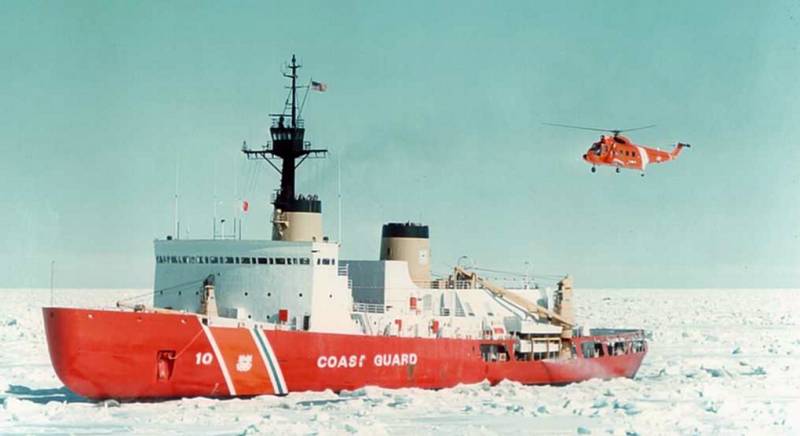
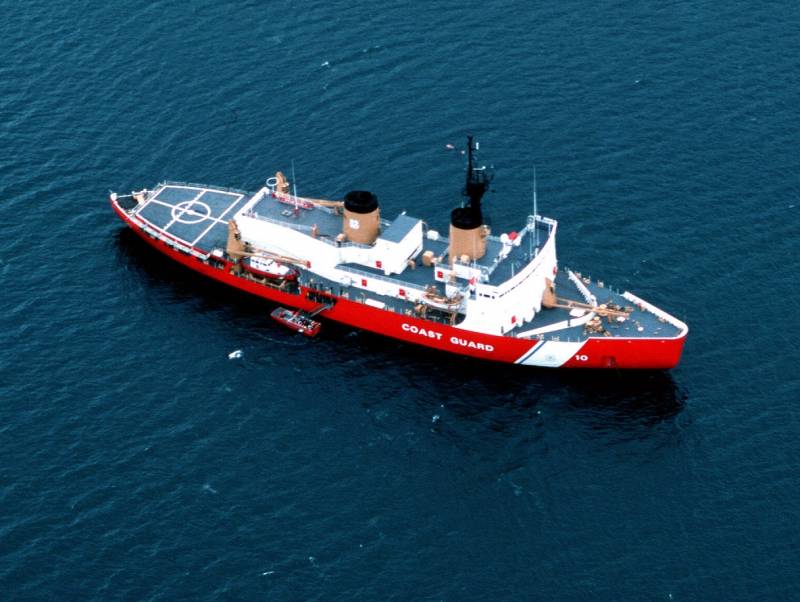
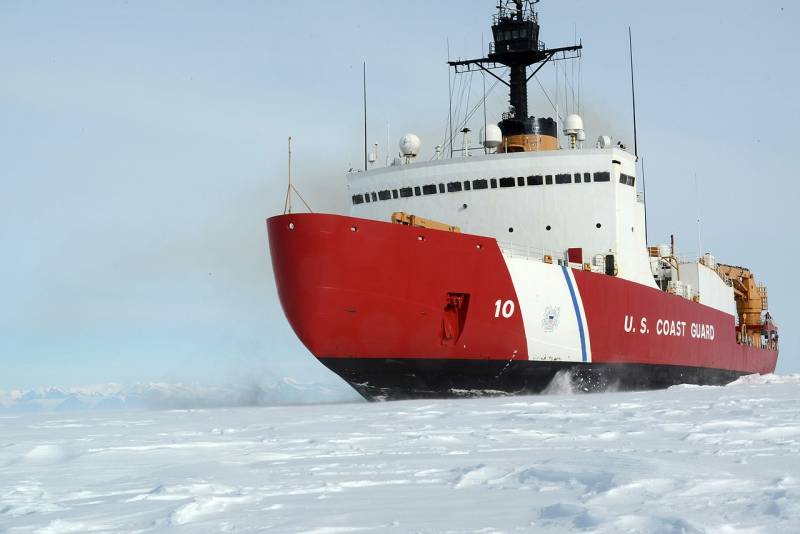
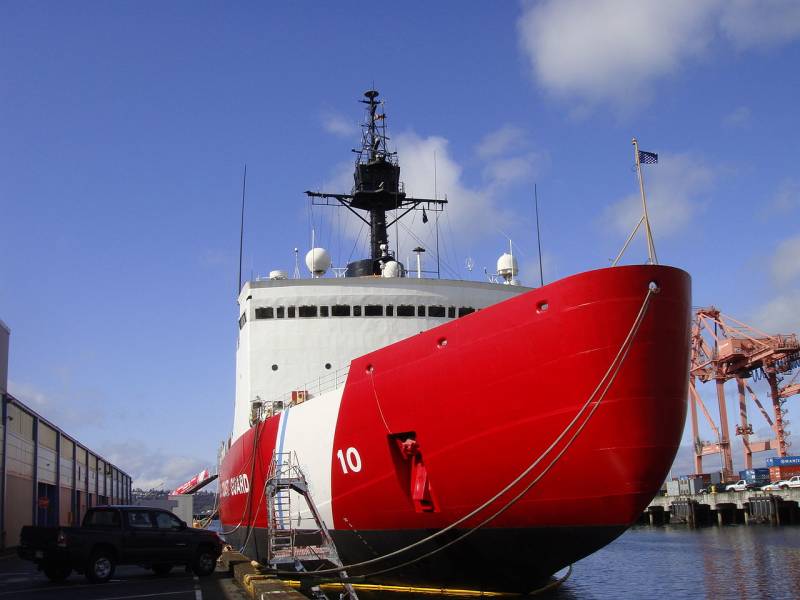
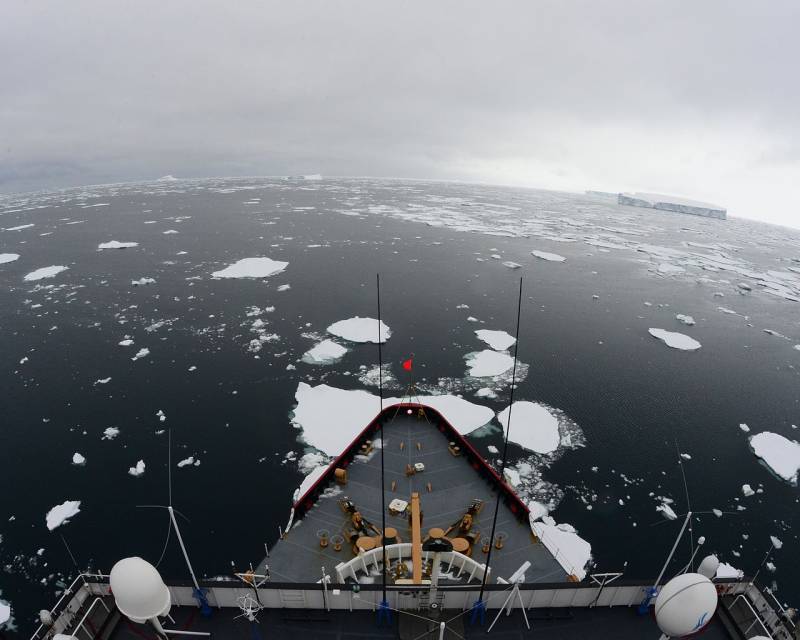
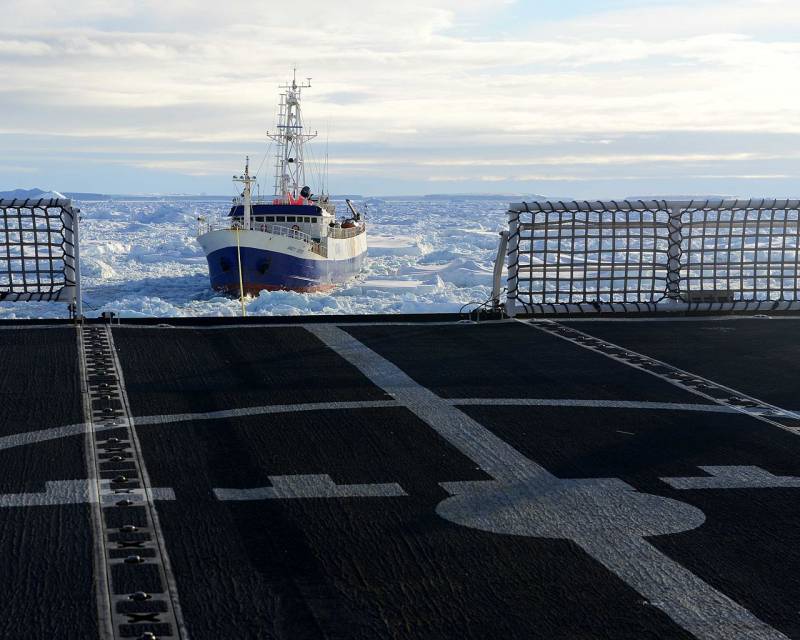
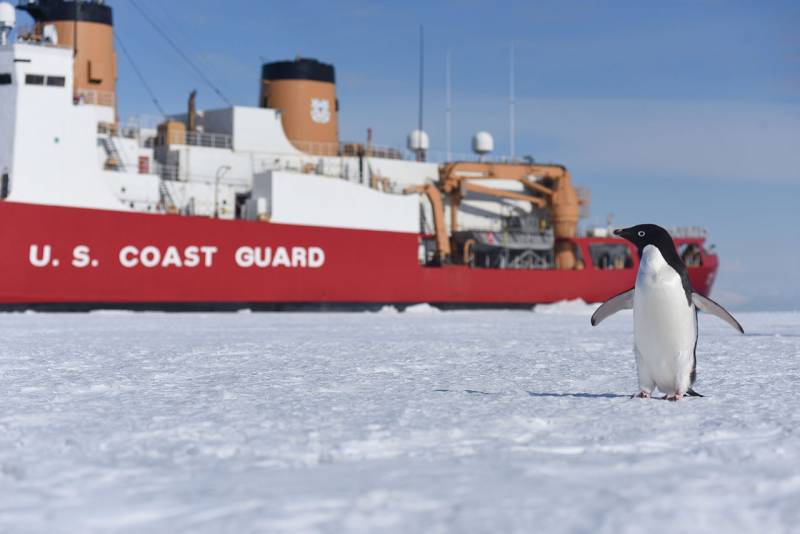
Information